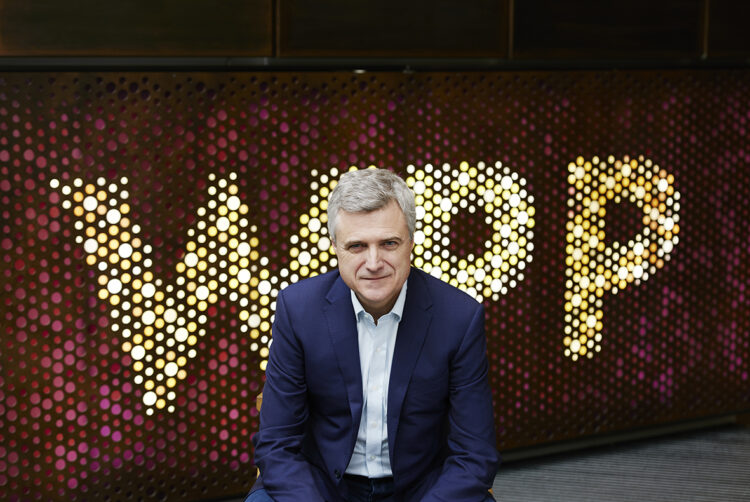WPP announces investment in AI and expects cost savings from agency mergers


WPP unveiled a four-pronged strategy to deliver growth and improve margins, in part through capturing “opportunities in AI”, according to its capital markets day statement.
The agency holding company expects like-for-like revenue less pass-through costs (WPP’s preferred metric) growth of 0.9% in 2023, consistent with its Q3 guidance but which was reduced from a previous guidance of 1.5-3.0% growth earlier in the year.
Headline operating profit margin is expected to be 14.8%. It expects comparable like-for-like revenue growth less pass-through costs in 2024.
WPP will report full 2023 financial results on 22 February.
“While we had to navigate a more challenging environment in 2023, we see strong future demand for our services and are confident we can accelerate our growth over the medium term,” said CEO Mark Read.
Like Publicis Groupe, which announced a €300m investment in AI last week, WPP is also prioritising AI through an annual cash investment of £250m in “proprietary technology”.
“AI is transforming our industry and we see it as an opportunity, not a threat,” continued Read. “We firmly believe that AI will enhance, not replace, human creativity. We are already empowering our people with AI-based tools to augment their skills, produce work more efficiently and improve media performance, all of which will increase the effectiveness of our work.
“We also see opportunities to sell new AI-driven products and services to our clients and to capture more growth in areas like production.”
Read pointed to WPP’s “long-standing investments in AI” as evidence of its seriousness in offering future-focused AI products. These include WPP Open, the company’s AI-powered platform, and the 2021 acquisition of UK-based AI company Satalia.
WPP Open currently serves over 28,000 users across the company and has been adopted by clients such as L’Oréal and Nestlé.
At the company’s capital markets day presentation, chief technology officer Stephan Pretorius explained how the company was developing AI tools that are “complementary” to its workforce and not intended to replace jobs.
During a presentation on WPP Open’s practical uses, Pretorius said: “Making good plausible content with AI is not that difficult, but making plausible good content is not what marketing is about. Marketing is about creating correct content for our clients, for different channels and for consumers.” The implication is that this is where the human element is needed to guide these new tools.
In addition to AI, WPP’s strategy also aims to “unlock the full potential of creative transformation to drive growth”; “build world-class, market-leading brands”; and execute efficiency targets through merging and simplifying its agencies.
The holding group has sought to significantly simplify its agency brands in recent years. In October, it merged creative agencies Wunderman Thompson (itself the result of a 2018 merger between J Walter Thompson and Wunderman) with VMLY&R (an entity created from VML and Y&R) to create VML. Last week, WPP combined its two largest PR agencies, Hill & Knowlton and BCW, to create Burson.
“To say our operating model was complex is something of an understatement,” admitted Read during the company’s capital markets day presentation.
WPP now has six main agency networks — AKQA, Burson, GroupM, Hogarth, Ogilvy and VML — representing roughly 90% of its net revenue.
The company intends to deliver “structural cost savings” alongside growth through the creation of VML and Burson, as well as the “simplification” of GroupM.
Such savings are expected to total £125m in 2025, with 40-50% of the savings set to be achieved in 2024. However, the associated restructuring cost is expected to reach £125m in 2024.
Shares of WPP ticked up 1% in early-hours trading. The stock is down over 16% in the past year.
This article has been updated to include comments made during WPP’s capital markets day presentation
